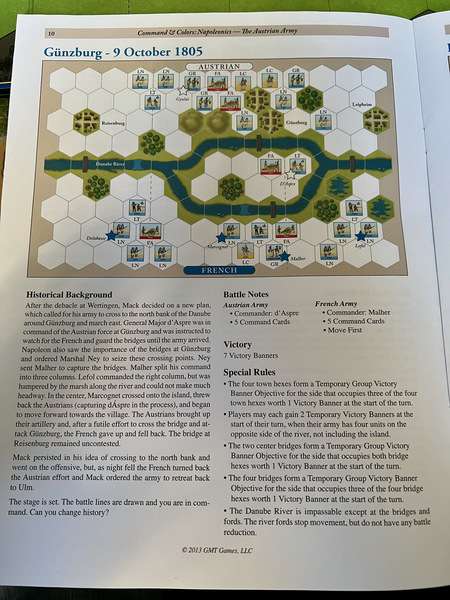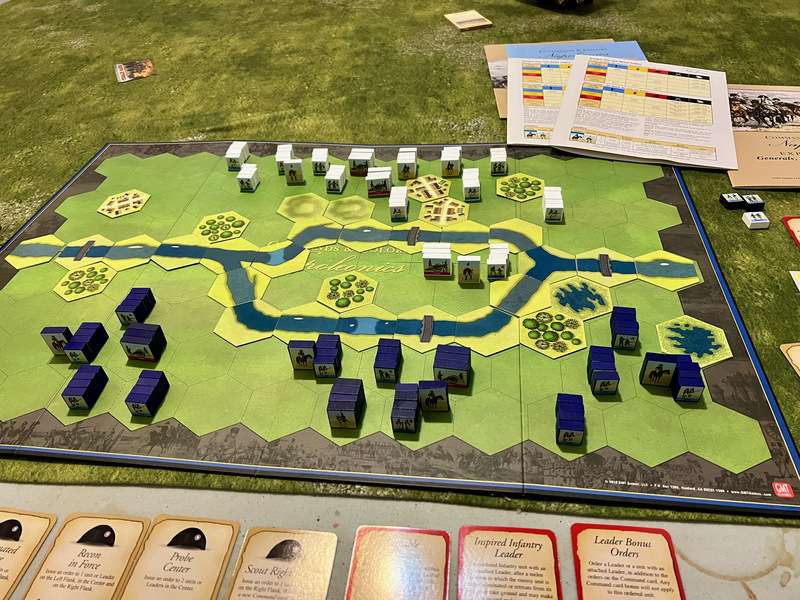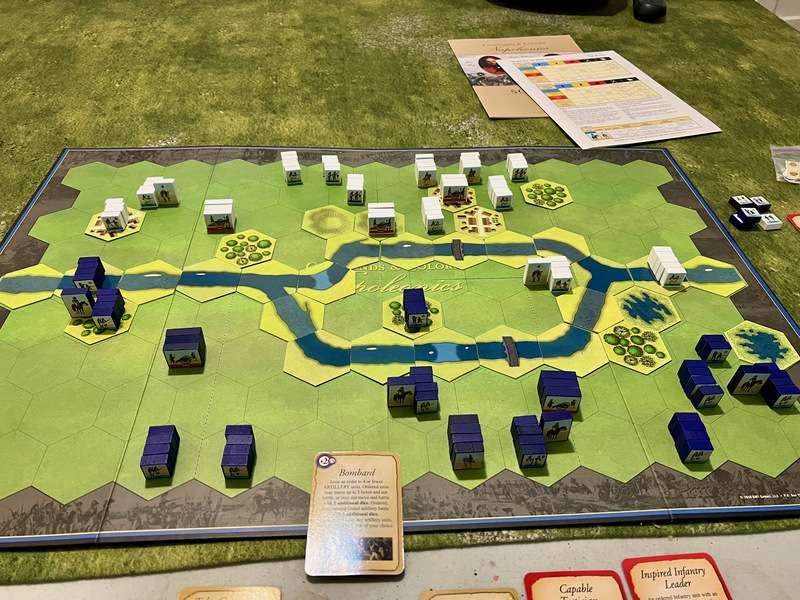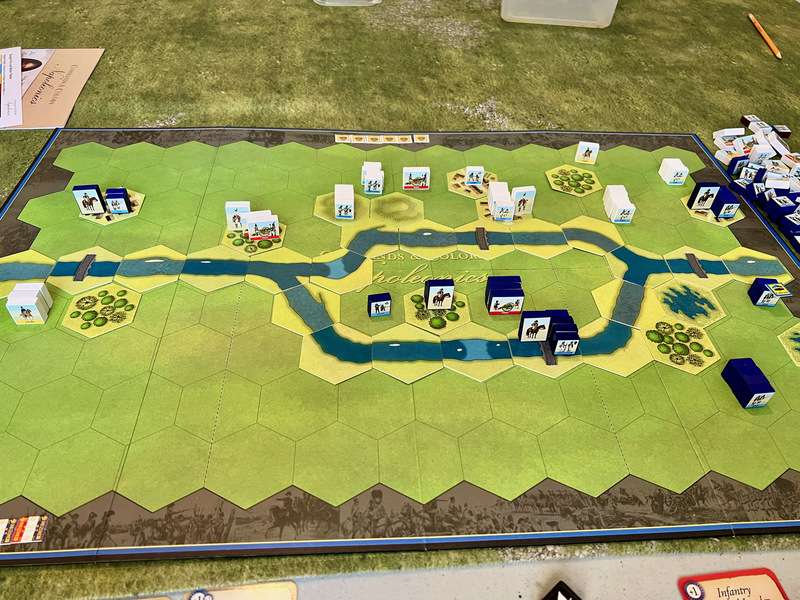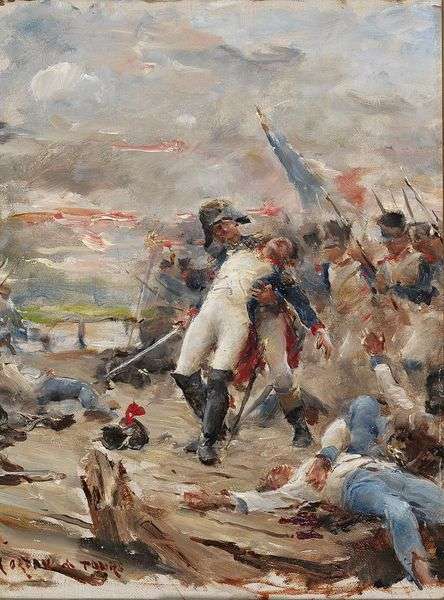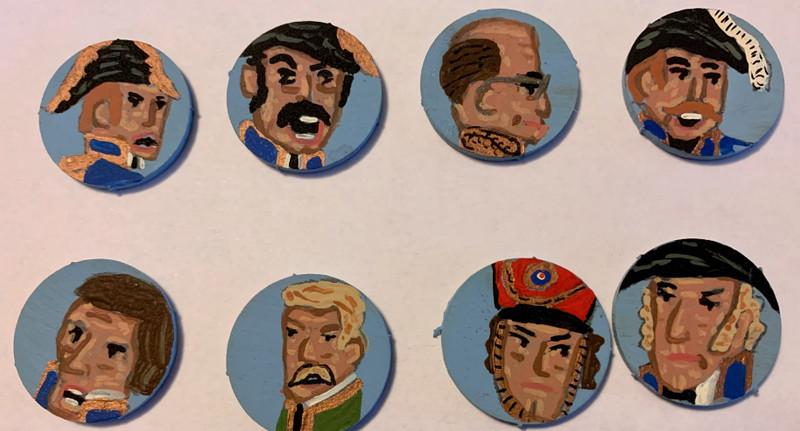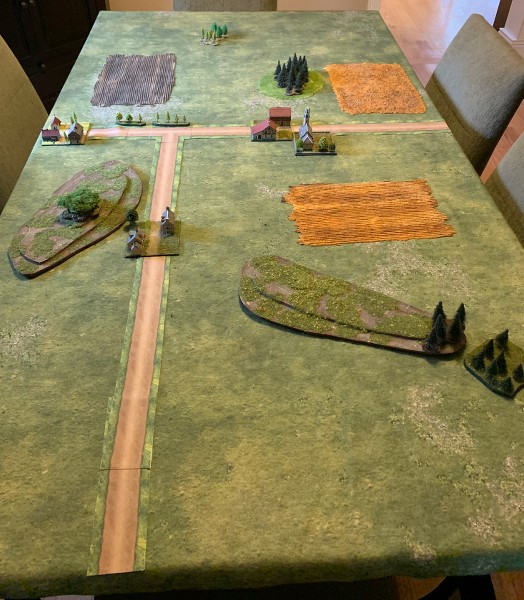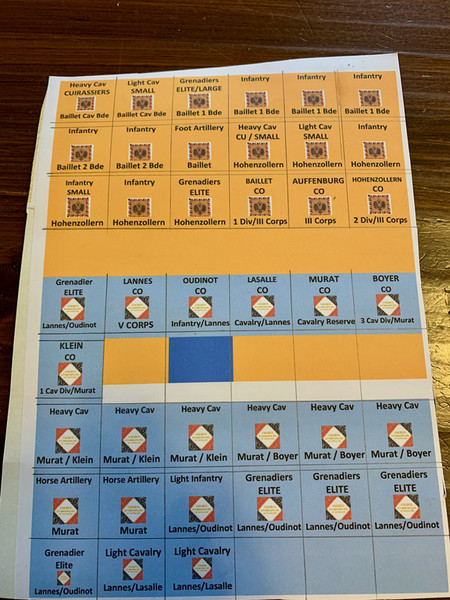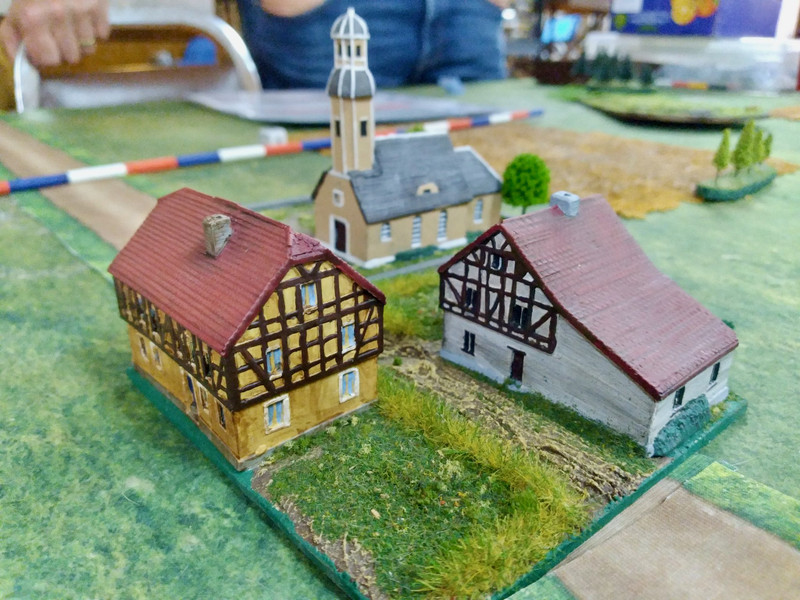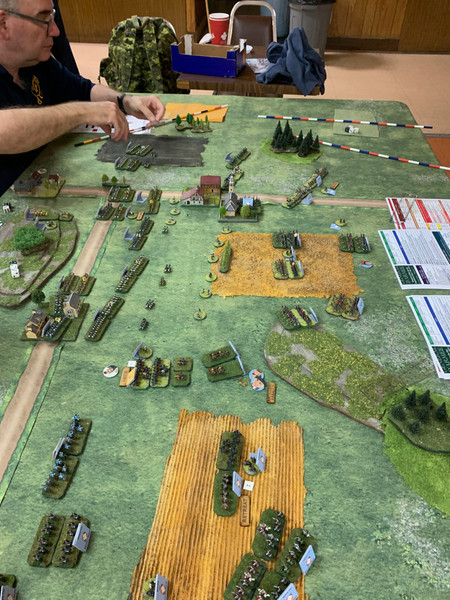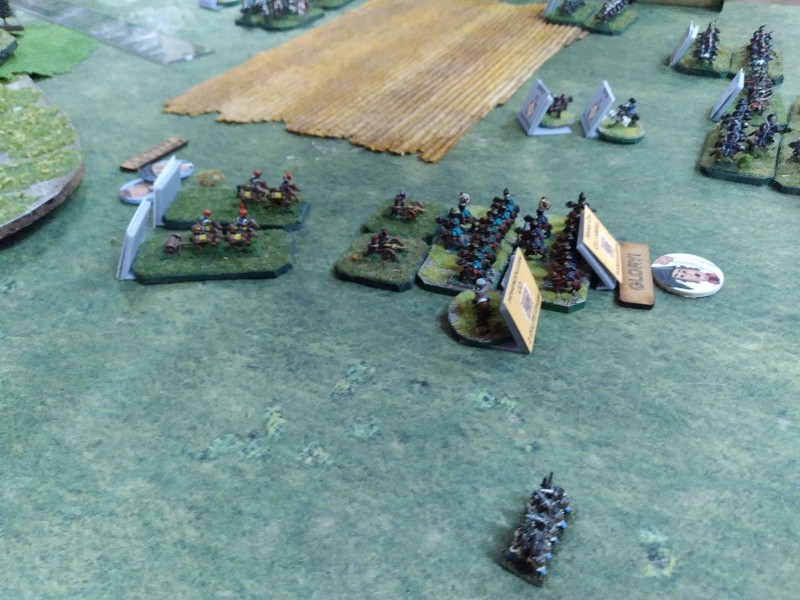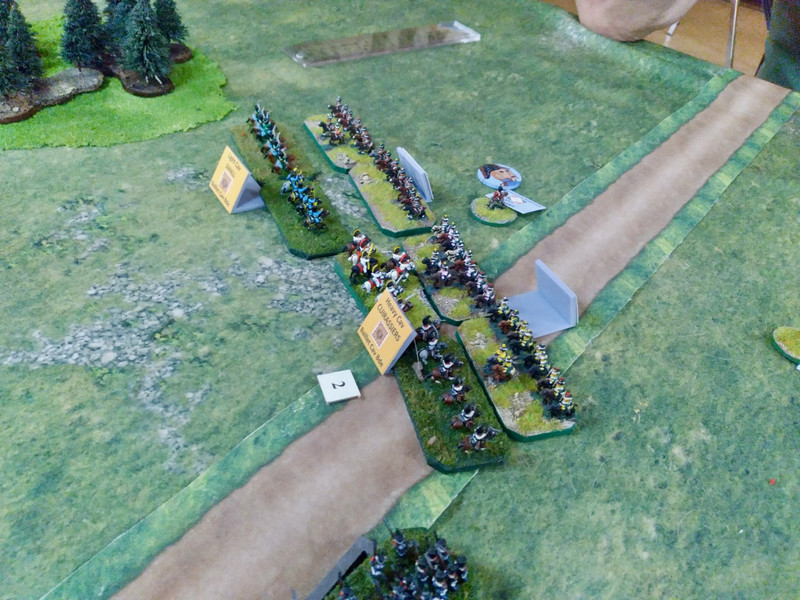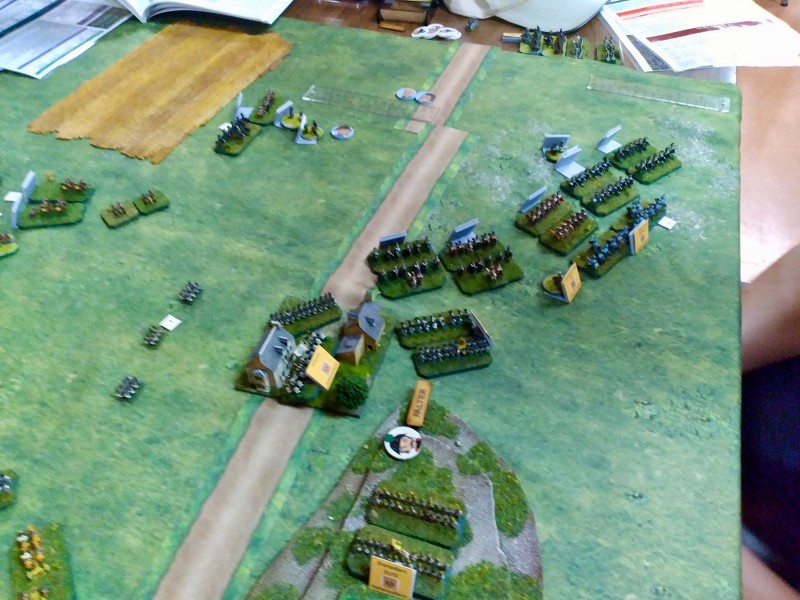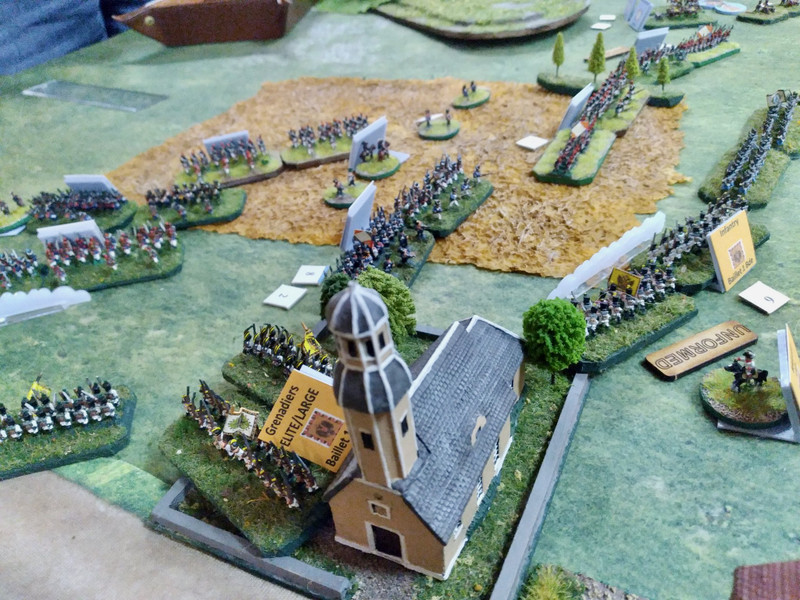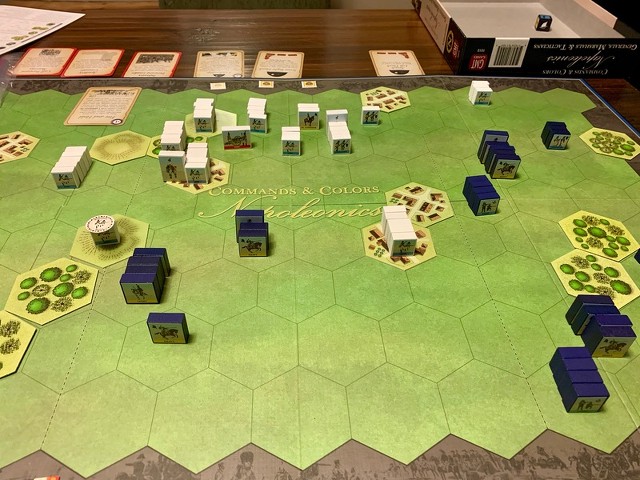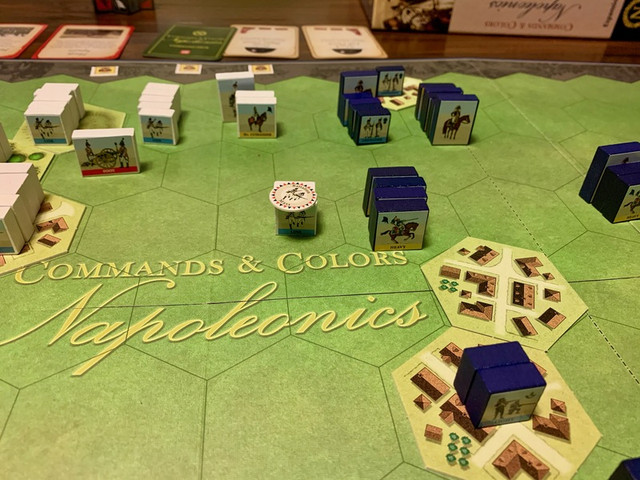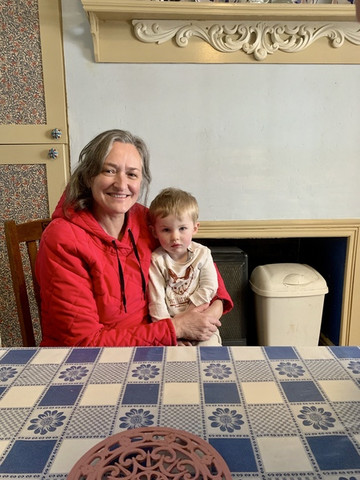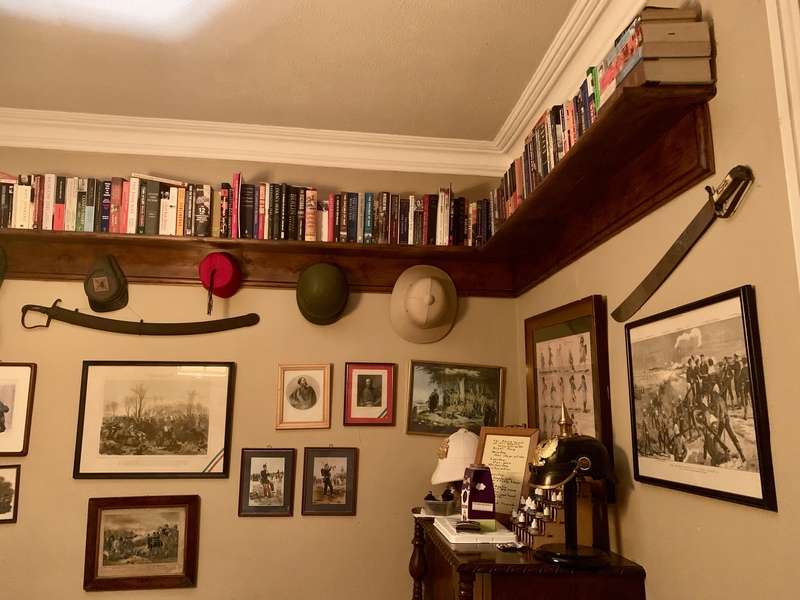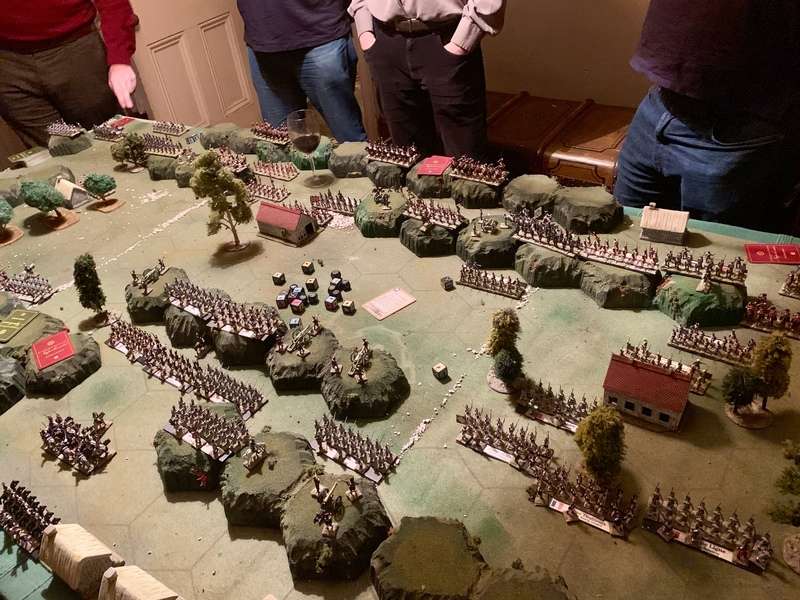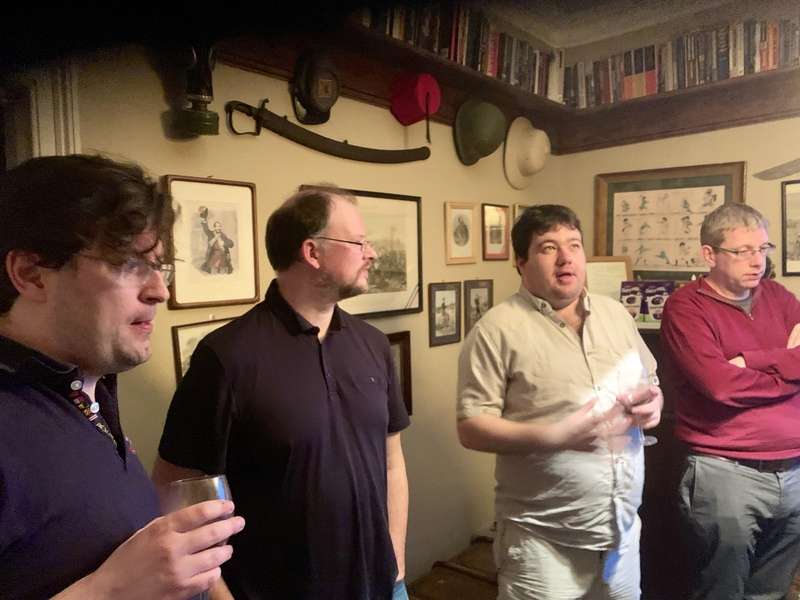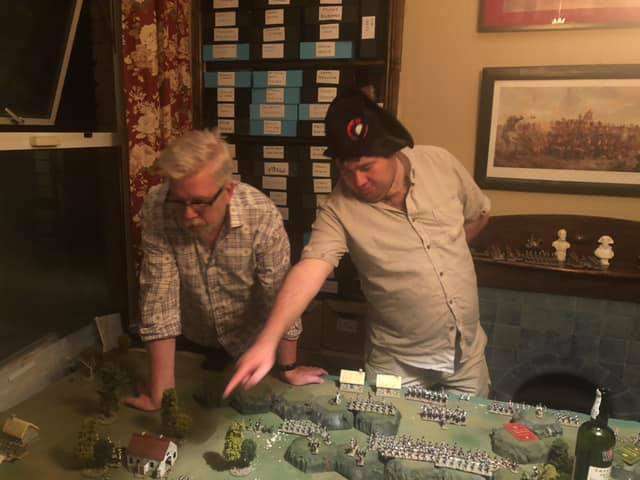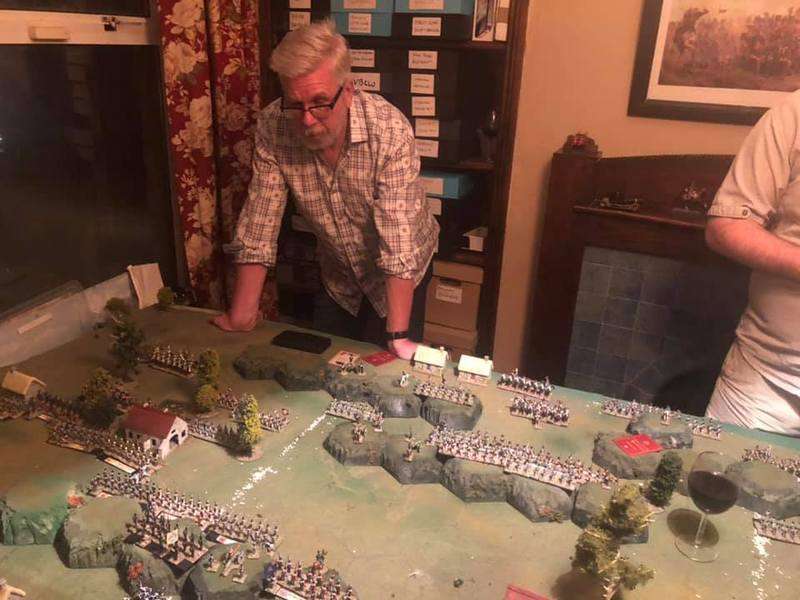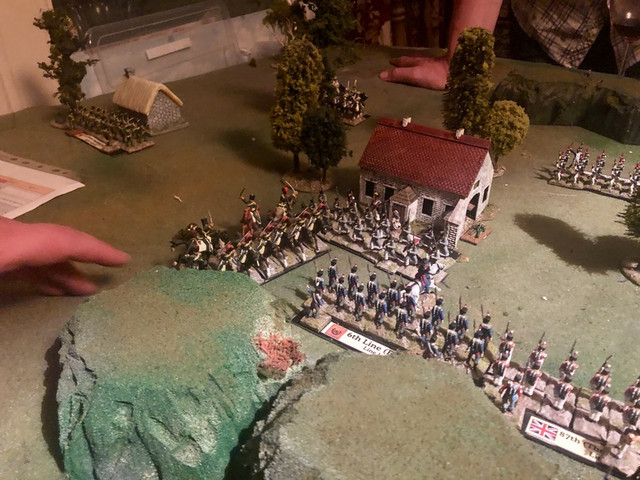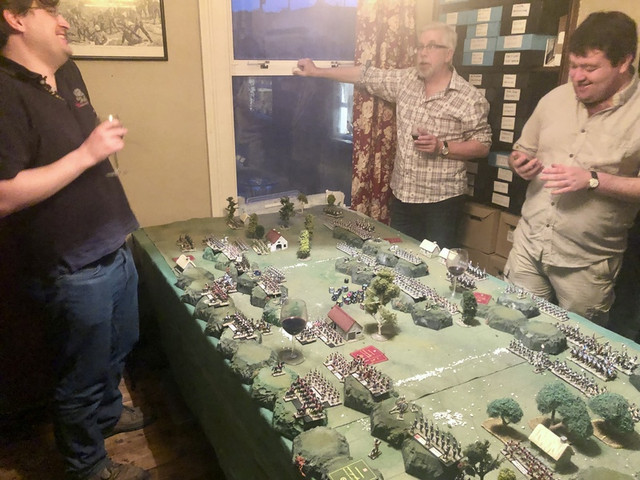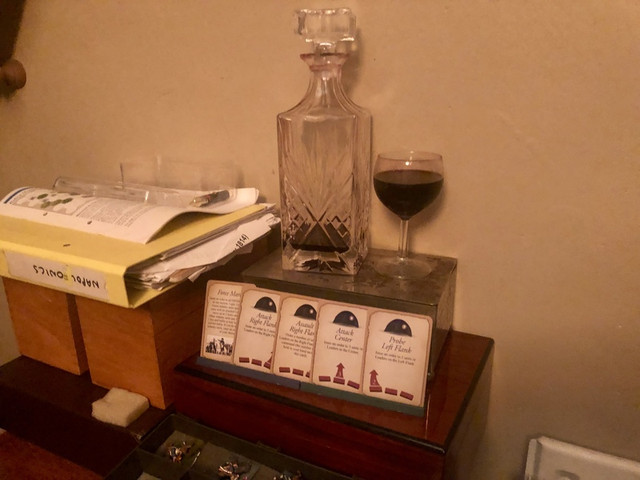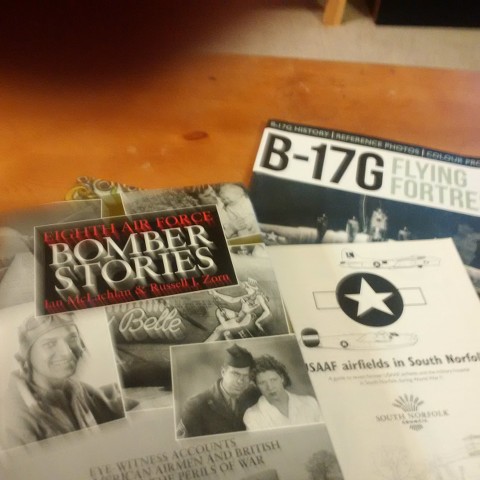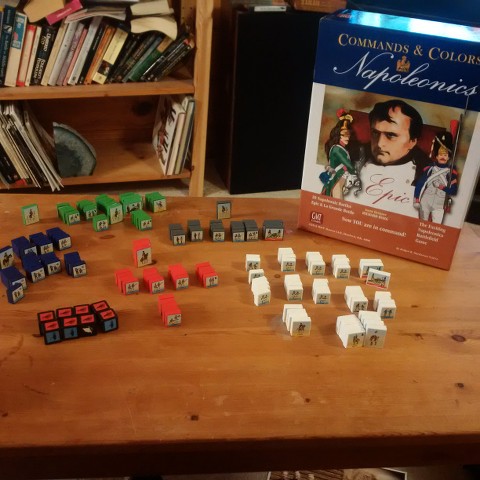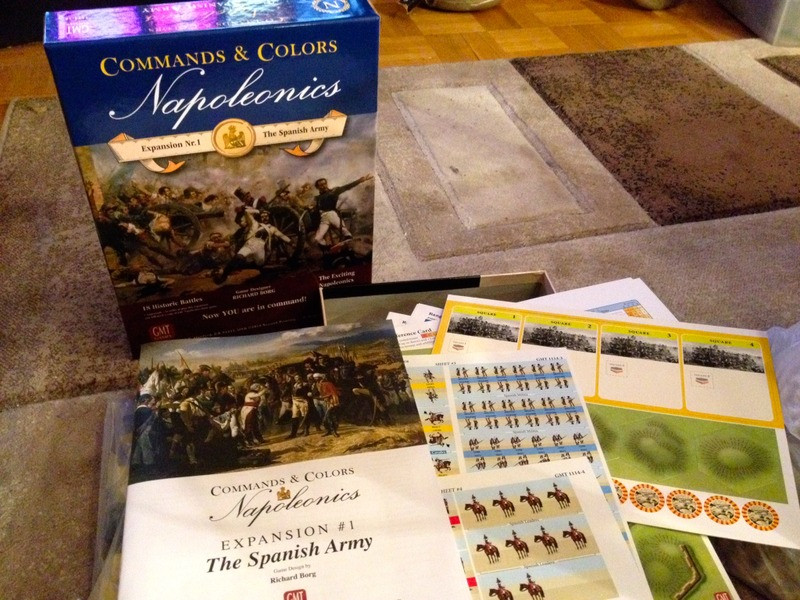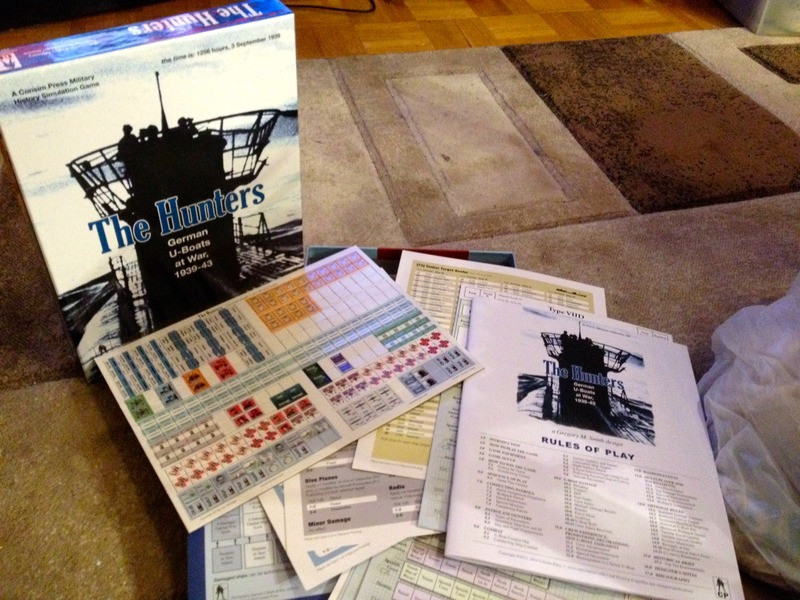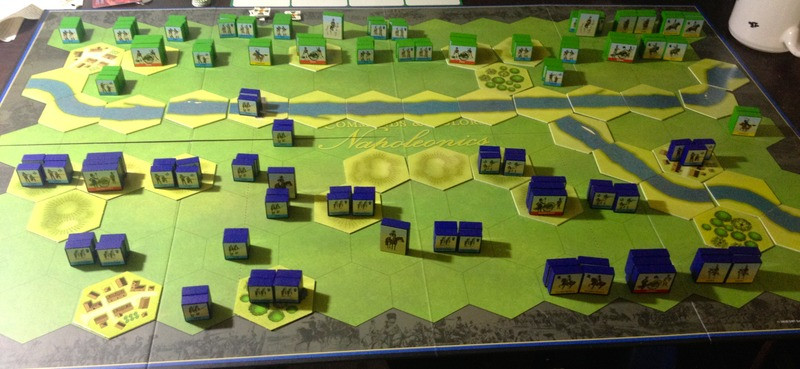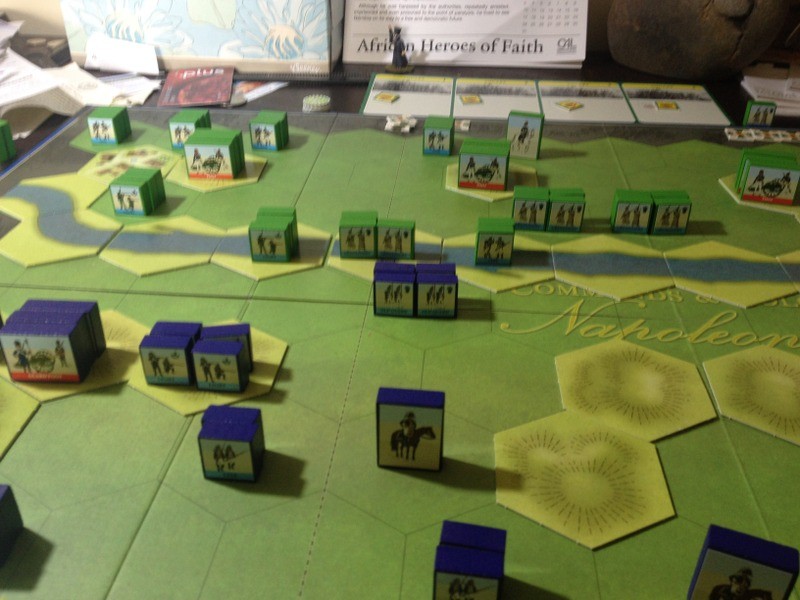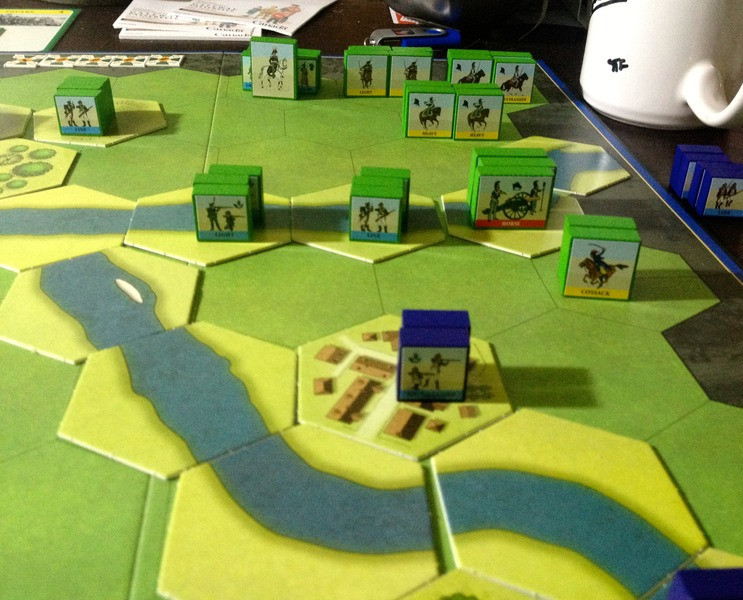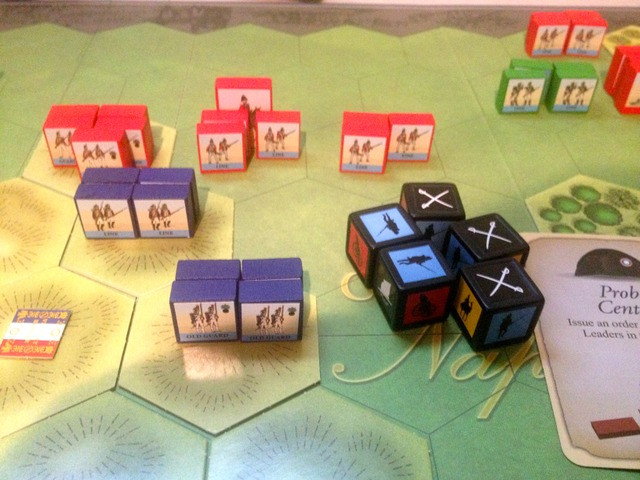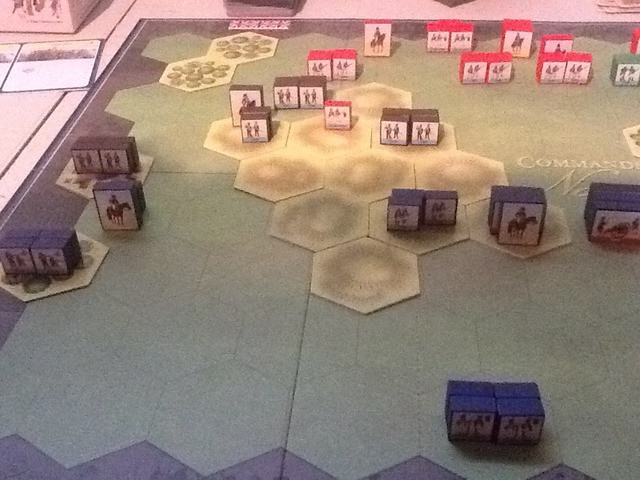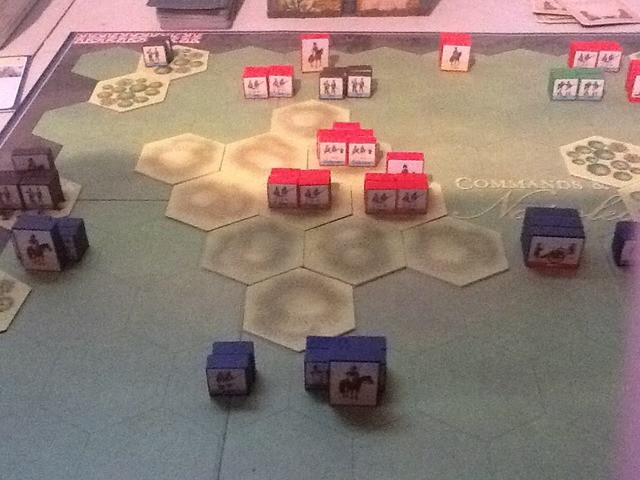Hello all!
It’s Tuesday and that means, in my fitful, irregular sort of way, a board game update. First, an update on the SPI Berlin ’85 game I mentioned here a month ago. Sorry to those who were awaiting more updates. That game ended on Day 3 of World War Three as a NATO marginal victory. Most of the US and British units had been eliminated and the survivors, along with a handful of remaining WG police and militia, were pushed back to the city centre. The British suffered badly when the American flank collapsed and the East German division got behind them, cutting off their retreat routes. The lavish amounts of Soviet artillery in the south make it very hard the for Yanks to hold their ground, but they did it long enough for a tiny US battery to shell the key rail line at the south end of the map. As long as that unit is protected by NATO Zones of Control, it can rack up an impressive score of victory points by interdicting the Soviet supply line to the main front, so it did its job beautifully until finally hunted down and eliminated. The Soviets never committed their Airborne division, since that comes with a steep cost in VPs. Berlin ’85 has some interesting optional rules, including the use of Soviet chemical weapons, which would make it much harder for NATO. The design notes admit that this is a pretty dire advantage for the Soviets, but speculates that the USSR would likely not use chemical weapons in an urban context, given the terrible toll on civilians and resulting propaganda costs. Fortunately this was never tested. I’ll put Berlin 85 back on the shelf,as it was one of the better games to appear in Strategy and Tactics in the late 1970s (and there were some bad ones - remember Armada?), and it would be fun to use the unknown strength counter sides of the units in a two player game.
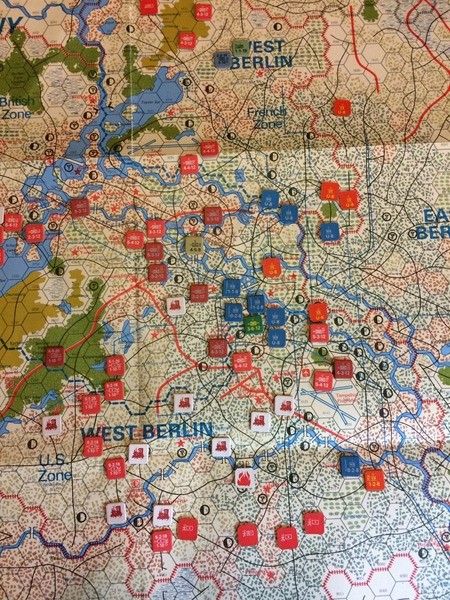
Last week I had Command and Colors Napoleonics set up on the games table. I chose the first official scenario from the Austrian Army expansion, Wertingen. This battle (8 Oct 1805) came in the opening phase of the Ulm campaign, and saw Murat’s cavalry and Oudinot’s grenadiers crush an isolated Austrian force. I played it solo and the French won it easily, 5-2.
Starting positions (sorry for those of you bored by photos of blocks. Not very sexy, I know). The Austrians outnumber the French, but the French have 2.5 times as many cavalry units, and a big chunk of the Austrian army is sitting on the right wing, whereas the French are massed against the weaker Austrian left.
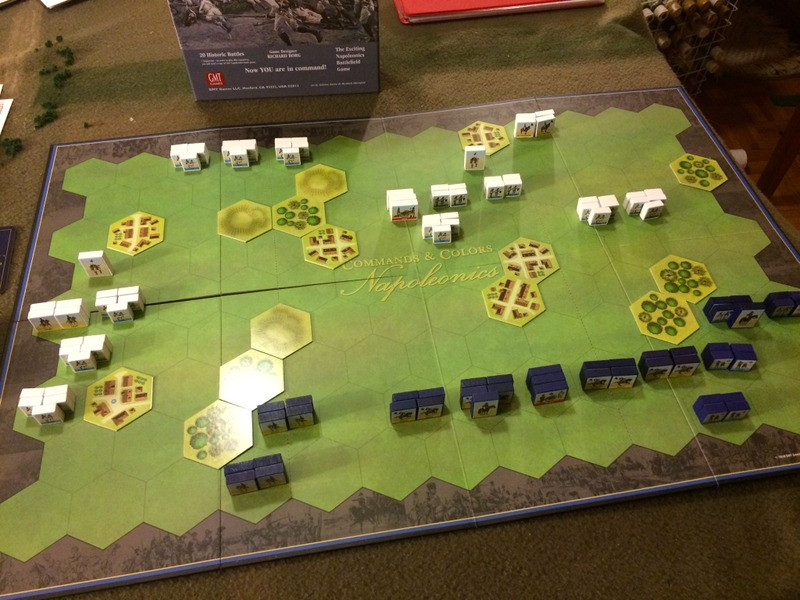
While the Austrians did well early, knocking off a heavy French cavalry unit and killing its leader (sorry, Murat fans), the French cavalry ground away at the Austrian left, while a timely Flank March card allowed the French to get the grenadiers forward early on. While bloody for both sides, the end was not long in doubt. Here’s the view at the end. The Austrian Left has been entirely eliminated.
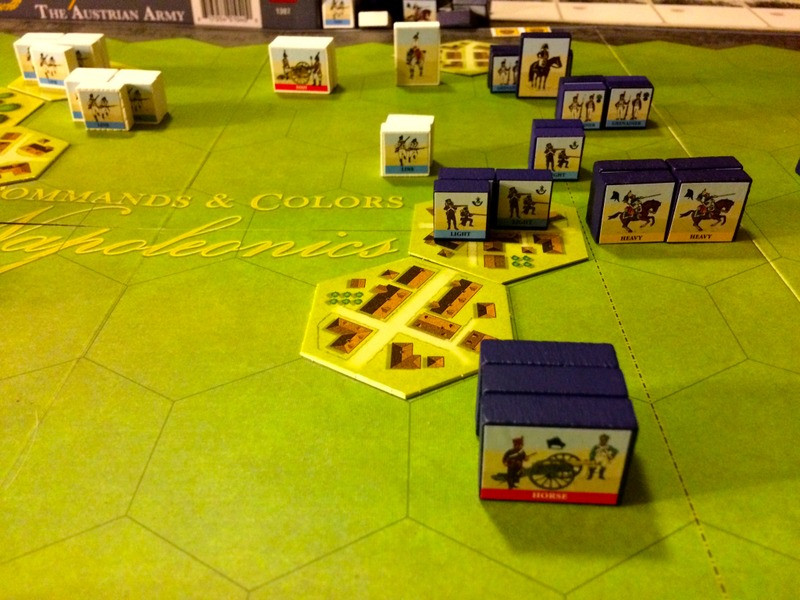
I want to go through the Austrian scenarios and see which ones lend themselves to interesting miniatures games. I have enough 6mm figures to do Wertingen, but I’m not convinced it would be an interesting battle. The consensus on CCNaps.net is that this is almost an impossible scenario for the Austrians to win.
I can say though that the Austrian army in CCNaps is interesting. The big 5 block Austrian line infantry units can put out some fearsome firepower, and the Battalion Mass rule allows Austrian line to go into Square without giving up a card, which seems very handy. I’m looking forward to dipping into more of the scenarios in this Expansion. Speaking of CCN Expansions, is anyone else excited about #5, Generals, Marshals and Tactics?
In a future Tuesday Boardgame, I’ll talk about a game that just arrived in the mail, Huzzah!: Grand Tactical Battles of the American Civil War, from One Small Step.
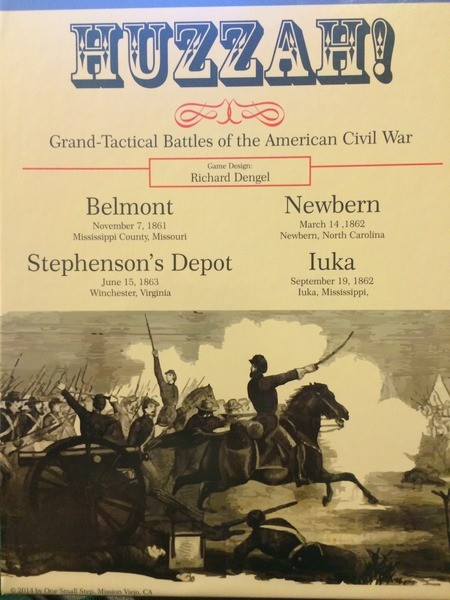
The designer, Richard A. Dengel, has done at least one other ACW game, Rebel Yell, which I don’t know. However, the fact that the four battles depicted in this game (Belmot, Newbern, Iuka and Stephenson’s Depot) are fairly obscure, and the small tactical focus of this game, promised to scratch a number of my itches. There’s a review by Paul Comben here, and a spirited response from Dengel.
Here some quick impressions from my unboxing. My heart sank as I picked up the shrink wrapped box and heard individual pieces of cardboard rattling around inside. That didn’t inspire confidence. Here’s the reason why I was hearing that sound. Almost half of the counters had detached from the two counter sheets and were rattling around. Some had infiltrated the folded maps, others had made their way into the rules and scenario booklets. I tried to be careful not to lose any, but I think sorting the counters out is going to be a bit of a chore.

Speaking of counters, it would have been nice of the publisher, OSS, to have at least included a handful of ziplock plastic bags to store the counters once punched and sorted. GMT does that, and while it’s a small thing, I think it goes some way to making up for the lost golden days of plastic counter trays that SPI and Avalon Hill once routinely included in their boxed games.
Huzzah! comes with four separate, quite small maps. Here’s the map for Belmont, which I’m going to try first. Belmont was US Grant’s first battle, and not his best by a long shot. The map seems a little dark but it is rich on geographical features and has a pleasing number of charts printed on it, which may make up for the absence of a graphic player aid card (the one reference chart in the box is all text based).

So watch for news of the Battle of Belmont in a future Tuesday Boardgame report.
Before I sign off, I note that today is the anniversary of the Wilderness, another US Grant battle, and a much bigger one. I recently read Gordon C. Rhea’s book, The Battle of the Wilderness: May 5-6, 1864. I know SPI did this battle years ago, perhaps in one of their quad packs, but I’m not aware of anyone who has done a board game treatment since. It’s a battle that would lend itself well to partial treatment on the tabletop, and I’ve given that some thought, but I’d need a lot of trees. Lots and lots of trees. I don’t think one could do the whole battle unless it was in 6mm, as it was a huge, sprawling, confused engagement. Whatever one thinks of Grant as a commander, and he didn’t exactly shine at the Wilderness, at the end of May 6 he turned his army south, and that was the beginning of the end for Lee and his army. Not every general would have made that commitment after two days of bruising and mauling battle. Good fellow, Grant.
Well chaps, it’s past my bedtime, so that’s all for now. Blessings to your die rolls!
MP+
